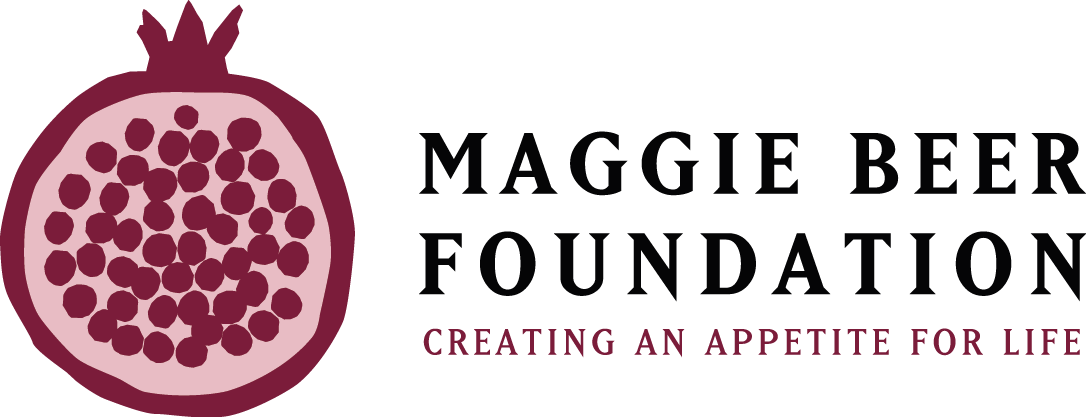How to use garden produce to make warm, comforting and hydrating herbal teas
Herbal teas are a healthy, delicious alternative to regular black tea, coffee and other packaged drinks.
They can be enjoyed hot or cold and there’s so many herbs that are used for teas the choice is quite extensive!
Herbs are grown for a variety of reasons, whether it’s for cooking, for beauty or for medicinal purposes, they’re useful little plants to grow in any garden.
When growing herbs it’s quick and easy to pick a few sprigs or leaves, boil the kettle and enjoy the aroma and flavour of a refreshing brew.
Herbs can be used as a tea individually or combined with others to enhance the flavours and also the medicinal properties.
Here’s a few teas to grow …
Lemon Balm – a perennial ground cover with lemon scented and tasting foliage. Used for poor digestion, vomiting, mood swings, insomnia and for a calming effect in stressful situations.
Steep 2-4 leaves in a mug of boiling water or 5-6 leaves in a tea pot.
NOTE – Lemon Balm could interfere with thyroid treatment, so do not use if taking thyroid hormones.
Peppermint – one of the most common herbal teas and a very easy plant to grow! Peppermint helps with digestion and also used to relieve headaches. The strong menthol in Peppermint helps to relieve blocked sinuses through breathing in the vapours of the freshly brewed tea.
Grow Peppermint, and other mints, in a shallow, wide pot or container and harvest a few sprigs as needed.
Rosemary – used to lift the spirits, strengthen the memory and heart, improve eyesight, promote liver function and correct low blood pressure. Not suitable for people with high blood pressure! Rosemary tea also helps to ease arthritic pain.
Fresh Rosemary and lemongrass made as a tea supports people with depression as the two together helps to ‘lift the spirits’ of people feeling low.
Brew 2 sprigs with 1 cup boiling water or double quantity for a tea pot.
Tulsi, also known as Sacred Basil is a perennial shrub used by Hindus for religious purposes. It’s grown throughout gardens to add colour and to attract bees as it flowers profusely all year round.
Tulsi leaves are used to relieve stress and anxiety and also to restore balance and harmony within the mind and body.
Pick 2-4 leaves and steep in boiling water to suit taste. I find Tulsi quite a pungent, but enjoyable tea which can be enjoyed warm or cool with added honey or a few Stevia leaves.
Ginger – freshly sliced ginger is more enjoyable as a tea than store bought, packet tea. The flavour is punchy and provides a revitalising sensation.
Ginger is grown in a warm climate and roots are dug up throughout winter for washing and storing.
To use as a tea, peel and finely slice a ‘thumb’ or small piece of Ginger and steep in a pot of boiling water. Add a slice of lemon or lime and cool for a refreshing summer drink, served with fresh Mint.
Nasturtium – not just a pretty face, this rambling annual suits most gardens and has many uses. Nasturtiums are high in vitamin C, minerals and also a natural antibiotic. This lovely plant is ideal for treating minor colds and flu, plus adding flavour and colour to any meal.
Steep leaves and flowers in boiling water for 10 minutes and enjoy warm.
Stevia – used mainly as a natural sweetener, the leaves of Stevia are also used as a sweet tea to improve digestion, weight loss, and to reduce mental and physical fatigue as it helps to strengthen nervous and immune systems.
Stevia is also antibacterial and used to relieve sore throats, colds, flu, and sinus congestion.
Freshly chewed leaves can reduce the desire for alcohol or cigarettes.
Add fresh leaves to Peppermint, Tulsi or Lemon Balm tea or used individually as a refreshing sweet tea either warm or cooled.
Lemon Myrtle – not an herbal plant, but a large tree, the leaves of Lemon Myrtle are used to relieve sore throats, coughs and flu symptoms. The natural anti-biotic, anti-bacterial and anti-inflammatory properties assist to ease many conditions, including viral infections, digestive problems, allergies plus headaches and depression.
Gather leaves fresh from the tree and use fresh or dried to make tea or include when cooking to add a lemon flavour to dishes.
When gathering herbs it’s best to use foliage of healthy plants and harvest leaves as needed to use fresh or collect larger quantities as available to dry and store. Always wash leaves before using.
TIP – use honey to sweeten herbal teas.
Find more information on growing and using herbs here;
https://soiltosupper.com/episode-017-grow-and-enjoy-fresh-herbs/
https://soiltosupper.com/episode-009-growing-food-in-small-spaces/
Choosing herbal teas are based on individual preferences, so try a few plant varieties to decide which are your favourites and consider growing a few in your garden or in a container in a sunny location.
Growing with you,
Cath
Cath Manuel is a Horticultural Consultant specialising in Therapeutic and Kitchen Gardens. Cath is the Founder of Soil to Supper which provides onsite services and online programs through the Soil to Supper Community. She is the host of The Wellbeing Garden Podcast Program.


